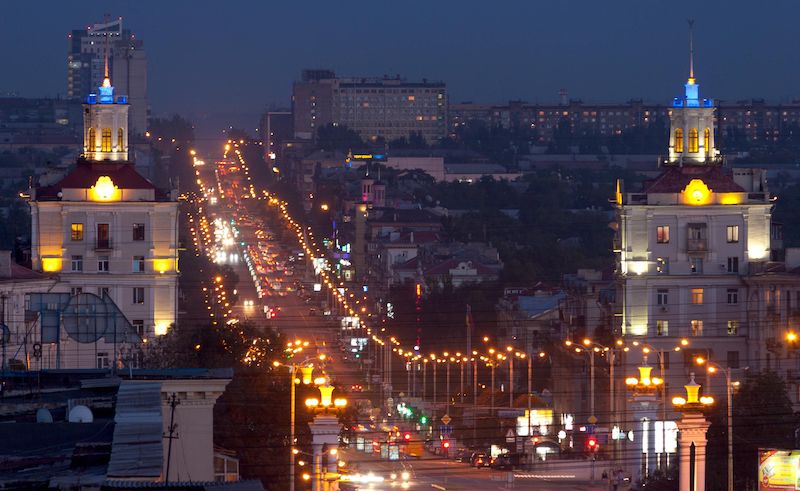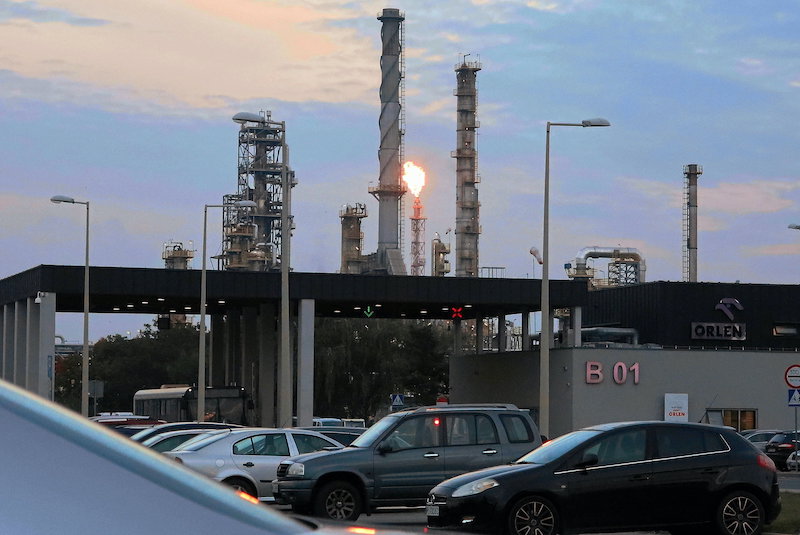I enjoy my night light, though it’s located outside my apartment. Lamps on my street in Kyiv have a warm orange hue. It reflects on my walls, adding cosiness to the place where I stay.
Last year, I barely saw it. For several months after Russia’s full-scale invasion started, Ukraine switched to the dim mode. Lights could help the enemy detect or reach its targets, so the whole nation kept them switched off.
Once the occupiers were repelled from Kyiv, this low mode ended. But after 10 October, Russia massively attacked the Ukrainian energy infrastructure, and darkness came back.
I remember last November as a month when my colleagues were hastily searching for cafés with a diesel generator, so they could finish writing their articles. Our chat, once a place for sharing memes and planning barbecues, resembled a hackathon: we were talking about how to access the Internet without electricity, what we need to use car batteries at home, and where to find LED lights with a USB connection.
The hardest thing was knowing it would get worse: Ukraine didn’t have enough means of air defence at that time.
Now, for several weeks, there have been almost no blackouts in Ukraine. Thanks to the allies, army and electricians, our skies are far better protected, and the energy system is partially restored. It’s the Russian side which is exhausted now, having spent the bulk of their missiles.
After the windows in the opposite house became bright, street lighting also came back. My flat is cosier again. And my friends are wondering: could we ever imagine, back in November, that the light would return so fast?
It’s definitely not over yet. But Ukraine once again became an illustration of the inspirational phrase about the need to keep fighting even when the prospects are dark. Things can get brighter afterwards.






